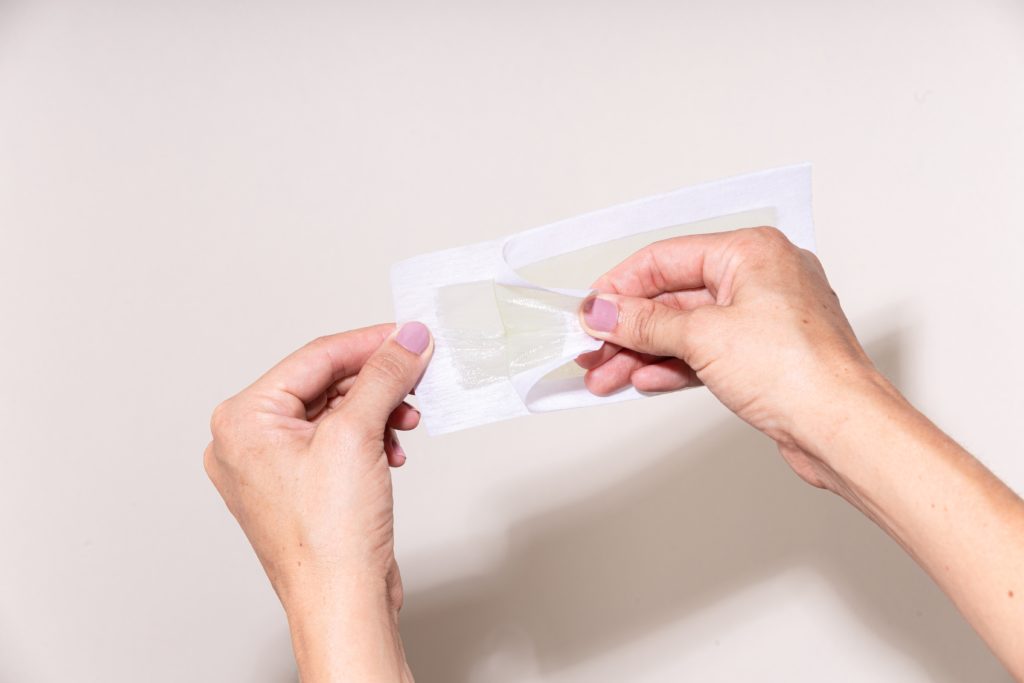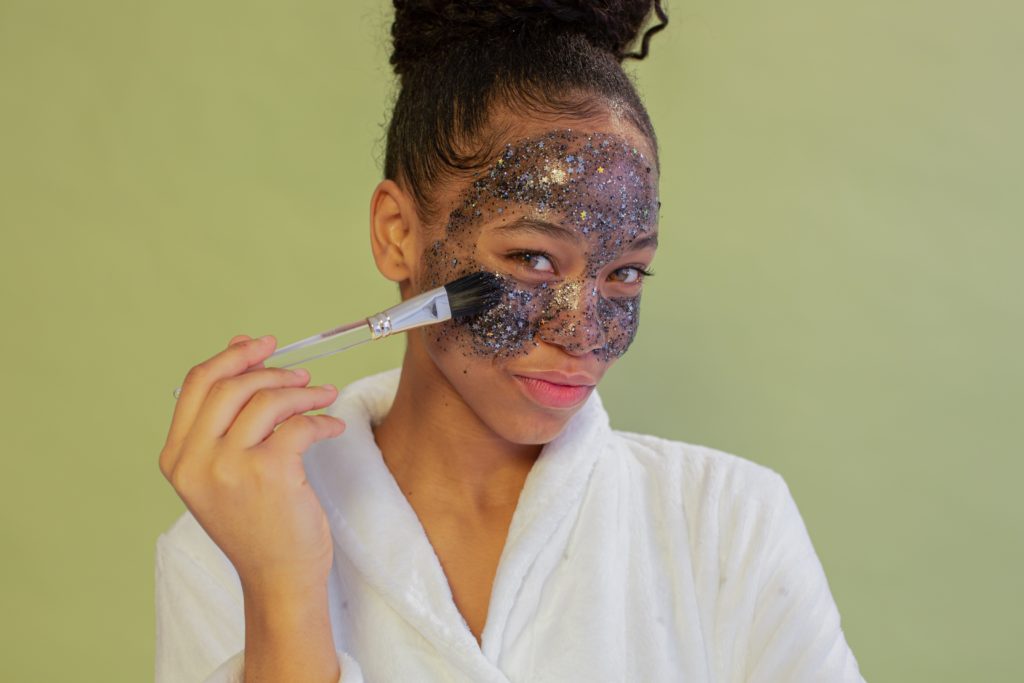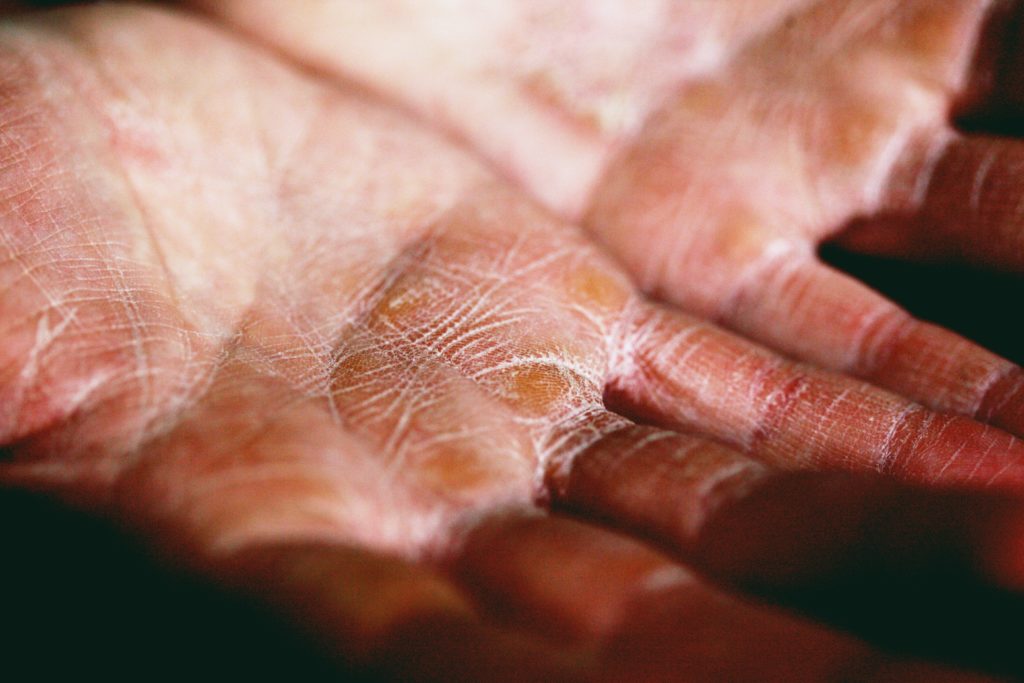Waxing is a popular hair removal method that has been around for decades. It is known for its long-lasting results and smooth finish. However, there are certain things about waxing that are not commonly talked about.
In this article, we will explore 10 things no one tells you about waxing, from the different types of wax to post-wax care and skin reactions.
1. Types of Wax
There are two main types of wax used for hair removal: hard wax and soft wax. Hard wax is applied to the skin and then removed once it cools and hardens. It is commonly used on sensitive areas such as the bikini area and face.
Soft wax is applied to the skin and then removed with a strip of cloth or paper. It is commonly used on larger areas such as the legs and arms. Both types of wax have their benefits and drawbacks, and it is important to choose the right type of wax for your skin and hair type.
2. Pain Factor
Waxing can be painful, especially if you have a low pain tolerance. However, there are ways to reduce the pain. Numbing creams can be applied to the skin before waxing to numb the area.
Pain relievers such as ibuprofen can also be taken before waxing to reduce pain. Applying heat to the area can also help to reduce pain by opening up the pores and making the hair easier to remove.
3. Pre-Waxing Preparation
Proper pre-waxing preparation is essential to ensure a successful waxing session. It is important to avoid certain things before waxing, such as sun exposure, using certain skincare products, and exfoliating too harshly.
It is also important to ensure that your hair is the right length before waxing, as hair that is too short may not be able to be waxed and hair that is too long can make waxing more painful.
4. What to Expect During Waxing
Waxing can be an uncomfortable experience, but it is important to know what to expect. The process involves applying wax to the skin and then removing it in the opposite direction of hair growth.
The proper technique is important to ensure that all hair is removed and that the skin is not damaged. Common sensations felt during waxing include a pulling sensation, heat, and some discomfort.
5. Post-Wax Care
After waxing, it is important to take care of your skin to avoid irritation and ingrown hairs. It is important to avoid certain things after waxing, such as sun exposure, using certain skincare products, and exfoliating too harshly.
Applying a cold compress to the area can help to soothe the skin, and wearing loose-fitting clothing can prevent irritation. Using aloe vera can also help to soothe the skin and prevent ingrown hairs.
6. Ingrown Hairs
Ingrown hairs can be a common side effect of waxing, especially in areas with thicker hair. They occur when hair grows back into the skin, causing irritation and redness.
To prevent ingrown hairs, it is important to exfoliate regularly, use an ingrown hair serum, and avoid wearing tight clothing. If you do get ingrown hair, it can be treated with a warm compress and gentle exfoliation.
7. Skin Reactions
Waxing can cause a variety of skin reactions, including redness, bumps, and bruising. These reactions are usually temporary and will go away on their own. However, it is important to know how long they typically last and when to see a doctor if they persist or become more severe.
8. How Often to Wax
How often you should wax depends on a variety of factors, including hair growth rate, hair thickness, and personal preference. Generally, it is recommended to wax every 4-6 weeks to maintain smooth skin. It is important to not wax too frequently, as this can cause skin irritation and damage.
9. Waxing and Pregnancy
If you are pregnant, it is safe to wax, but there are some things to keep in mind. Your skin may be more sensitive during pregnancy, so it is important to choose the right type of wax and communicate any concerns with your esthetician. It is also important to avoid certain areas, such as the stomach, in the later stages of pregnancy.
10. Waxing and Men
Waxing is not just for women! Men can also benefit from waxing, especially in areas such as the back, chest, and eyebrows. However, men may have thicker hair and more sensitive skin, so it is important to communicate any concerns with your esthetician and choose the right type of wax for your skin and hair type.
Conclusion
Waxing can be a great hair removal method, but it is important to know what to expect and how to take care of your skin before and after waxing. Proper communication with your esthetician and choosing the right type of wax for your skin and hair type can make all the difference in your waxing experience. With these 10 things in mind, you can achieve smooth, hair-free skin with minimal discomfort and skin irritation.
Frequently Asked Questions
1. Is it normal to bleed during waxing?
It is not normal to bleed during waxing, but it can happen if the wax is too hot or if the skin is not prepared properly. If you experience bleeding during waxing, stop immediately and seek medical attention if necessary.
2. Can I wax if I have sensitive skin?
Yes, you can wax if you have sensitive skin, but it is important to communicate any concerns with your esthetician and choose the right type of wax for your skin type.
3. Can I wax if I am on my period?
Yes, you can wax if you are on your period, but you may be more sensitive during this time. It is important to communicate any concerns with your esthetician and choose the right type of wax for your skin type.
4. How long does waxing last?
Waxing can last anywhere from 4-6 weeks, depending on hair growth rate and personal preference.
5. Can I wax at home?
Yes, you can wax at home, but it is important to follow proper safety and hygiene protocols and choose the right type of wax for your skin and hair type.



